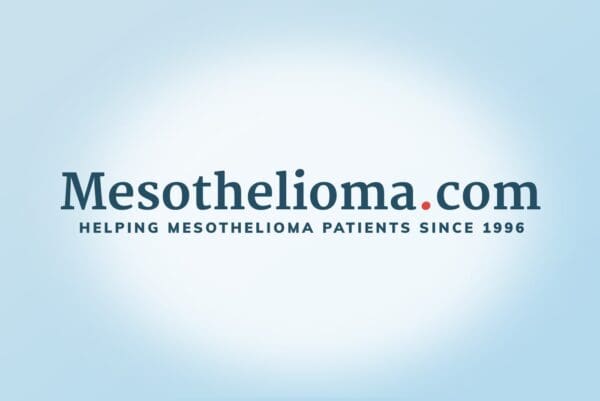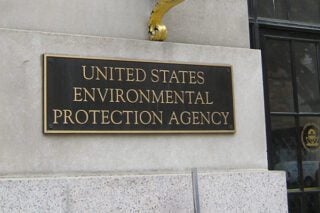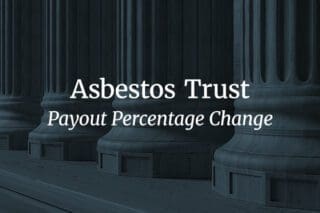According to an investigation commissioned by the Environmental Working Group (EWG) Action fund of Washington, D.C., asbestos fibers were found in brands of both children’s crayons and toys. In toy crime kits specifically, the concentration level was at one percent.
The Scientific Analytical Institute of Greensboro, NC, an independent laboratory, tested a total of 28 boxes of crayons. Four of the boxes contained the dangerous carcinogen. Out of the 21 toy crime scene fingerprint kits tested, two came back positive for asbestos.
“This is an exposure that could easily be avoided. The threshold for exposing a kid to a carcinogenic chemical when they’re playing with toys should be zero,” said the EWG’s Senior Researcher, Sonya Lunder.
However, there’s actually no ban on asbestos being in crayons by the U.S. Consumer Product Safety Commission (CPSC). All of the tested products with the material were manufactured in China, proving it’s incredibly tough to monitor each component of the supply chain for a product.
“Children’s playtime should be filled with fun, not asbestos,” said U.S. Senator Markey Durbin, who asked retailers to voluntarily recall “toxic products” on July 8. “We need greater access to information about where asbestos is present in products children and families use every day.”
The CPSC is looking into the investigation’s results, but a lot needs to happen before anything can be done.
“How much of that substance can come out of the product? What’s the root of exposure? How many hours do they use the product?” said spokesman Scott Wilson regarding the questions to be answered first. The probability the asbestos will be a risk to our health is the main item to consider.
Yet according to the U.S. Department of Labor, there is no “safe” amount of exposure to asbestos, whereas the National Cancer Institute claims harm is a correlation of direct and repeated exposure over time.
Out of the five distributors of the contaminated products, only Toys “R” Us was willing to reply to TIME Magazine’s request for comment. The company is now “reviewing the referenced report, along with supplier test reports, to ensure full compliance to our strict safety standards.”
“The lesson here is that parents can’t just read labels and choose safer products by looking at the labels themselves,” said Lunder. “There’s not enough information about where asbestos might be found.”





